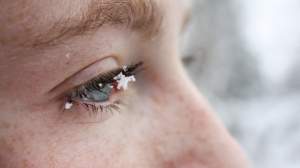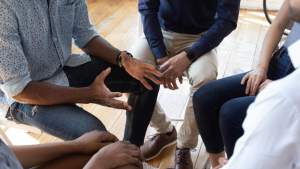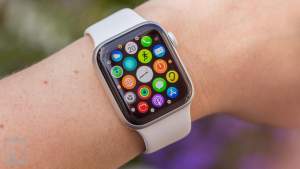
Although the article is a couple of years old, Outside magazine had a helpful roundup of the best ways to work, sleep and exercise based on expert tips. Here are some of the more interesting ones we found:
How to work better:
- Awkward wrist, arm, and shoulder positions lead to muscle knots and carpal tunnel syndrome. Your elbows should dangle even with your keyboard and mouse, and your wrists and forearms should be in a straight line. A keyboard tray makes this easy.
- To prevent eyestrain, position your computer monitor at least 18 inches from your face. To prevent neck strain, it should be directly in front of you at eye height, tilted up 10 to 20 degrees. Placing it on books works as well as a stand.
- A 2011 study published in the science journal Naturefound that greenery decreases anger and frustration.
How to sleep better:
(Personal opinions from Dr. Charles Samuels, a medical director at the Centre for Sleep and Human Performance in Calgary.)
- I prefer to sleep in 65 to 68 degrees. I’d rather be too cold than too hot. An athlete’s resting core temperature can vary dramatically with training intensity.
- Ever since my kids were born, I sleep with earplugs. They’re only noise dampening, so I can still hear the major cries, but the little things no longer wake me.
- I set my alarm clock to an easy-listening station so that I don’t wake up to that annoying blast, which instantly puts me in a bad mood. People use all kinds of systems and sophisticated gadgets to wake up happier. Some athletes use bio-alarms, which are sup-posed to wake you at your lightest stage of sleep during a 30-minute window. But there really are no rules about what works best.
How to exercise better:
(How to fit the right bike to your body. A good fit can boost your power output by 10%.)
- Tron-style fit bikes like the Retül Müve Dynamicand the Guru Experience allow assessment and adjustment of every measurement without the rider ever having to dismount.
- Video is displayed as you pedal, and fitters can compare footage of different fits. In some systems, bikes are set on a 360-degree turntable. Others, like 3D Bike Fit, add a second camera.
- The Retül harnessattaches sensors to your flex points that transmit fit angles to a computer to capture static positions and patterns, like how your knee tracks through a pedal stroke.
Curated article from:
OutsideOnline







